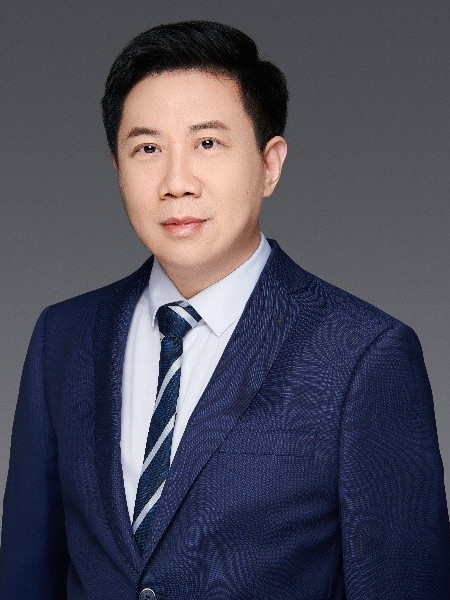CUHK
News Centre
CUHK develops new virus-based nanofibre technology to enhance cancer treatment
A research team led by Professor Mao Chuanbin, Director of JC STEM Lab of Nature-inspired Precision Medical Engineering and Professor of the Department of Biomedical Engineering at The Chinese University of Hong Kong (CUHK), has developed an innovative cancer treatment – a phage-based nanofibre technology. This technology can precisely target and kill cancer cells. It also overcomes the limitation of low oxygen levels in tumours that hinder the effectiveness of photodynamic therapy (PDT). Research findings have been published in the international journal Advanced Materials.
Currently, PDT is a widely used and highly effective minimally invasive cancer treatment that destroy cancer cells by light-activated drugs called “photosensitiser”. However, PDT can be scattershot and its effectiveness is often hindered by hypoxia, a common condition in tumours where oxygen levels are insufficient to sustain the therapy. To overcome this challenge, Professor Mao’s team has developed new technology that engineered bacteriophages to produce oxygen directly inside tumours. Professor Mao said: “Bacteriophages are viruses that infect bacteria but are harmless to humans. My team has been using the phage to treat diseases such as cancer for more than a decade, so we are at the forefront in phage-based therapy. By using sophisticated nanotechnology, we rebuilt bacteriophages and created a therapy that mimics the structure and function of the virus, enabling precise targeting of cancer cells without harming healthy tissue.”
The team incorporated tumour-targeting peptide known as AR. It proved highly effective in such precise targeting when tested on mice with a type of slow-growing breast cancer tumour called MCF-7. Additionally, the team developed their own type of artificial enzymes, known as platinum nanozymes, and attached them on the surface of bacteriophages. These nanozymes catalyse the conversion of hydrogen peroxide, which is naturally present in cancer cells, into oxygen, enhancing PDT.
Moreover, the team attached a light-sensitive drug called Indocyanine Green to the virus. Upon exposure to near-infrared light, the photosensitisers activated, producing reactive oxygen species that effectively destroyed cancer cells. Results showed the technology significantly outperformed conventional PDT. Experiments demonstrated remarkable outcomes: tumours shrank and, in most cases, disappeared; 40% of mice tested were cancer-free after 16 days of treatment.
This research represents a breakthrough in the use of biological-nanomaterial hybrids for precision medicine. By combining the natural tumour-targeting ability of phages with synthetic nanocatalysts, the research team has created a versatile platform that could be adapted to enhance other cancer therapies, including immunotherapy, chemotherapy and radiation therapy. Professor Mao added: “This work exemplifies the power of interdisciplinary research. By merging virology, nanotechnology and cancer biology, we have developed a strategy that not only addresses a critical limitation in PDT but also opens new avenues for targeted drug delivery.” The research team is advancing its preclinical research to further refine the technology. It is also establishing collaborations with clinicians across the Greater Bay Area to accelerate the translation of this discovery into clinical applications.





